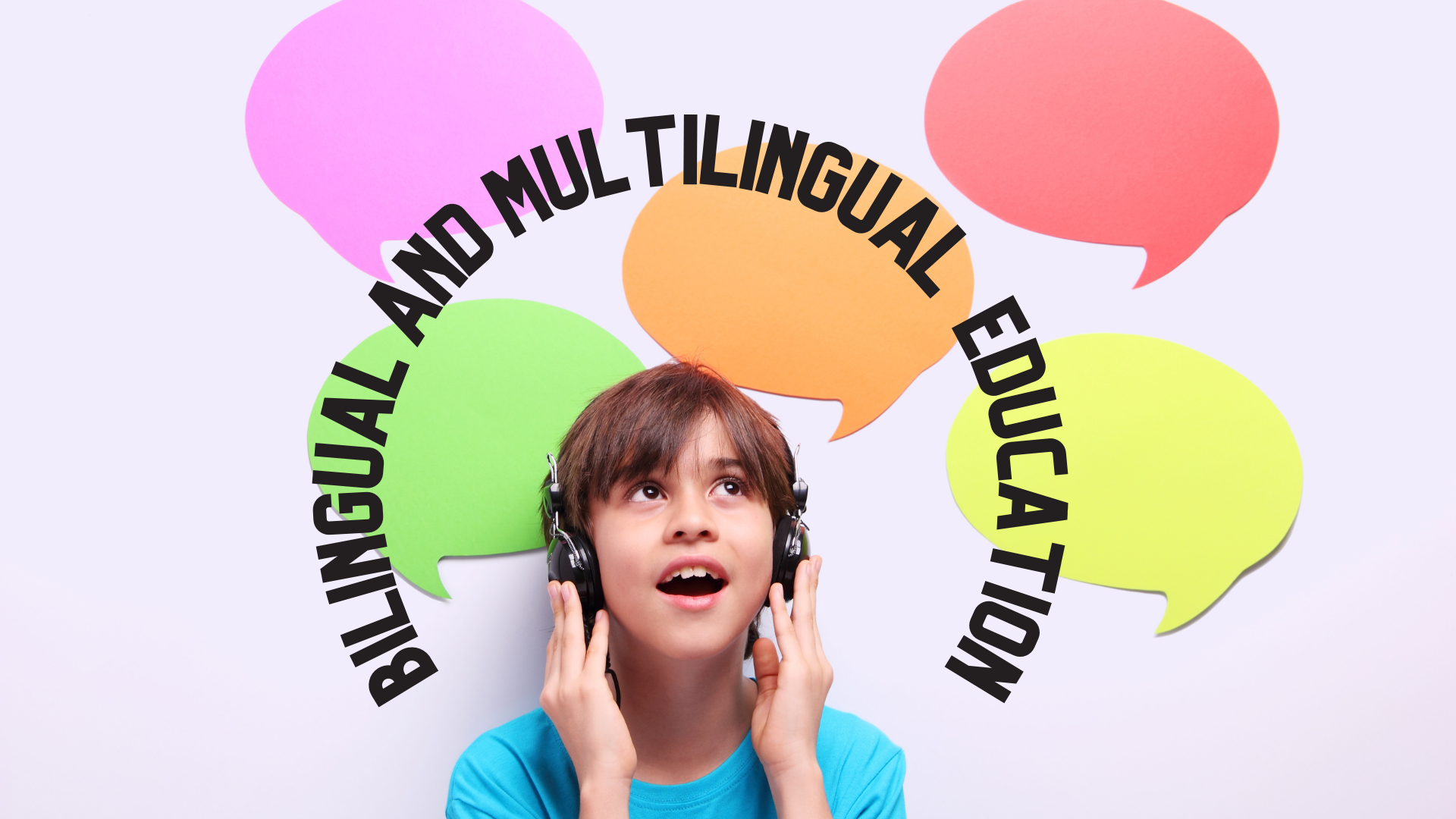Published by: Digital Schools
Bilingual and multilingual education for parents is essential for understanding and supporting the language development of their children. Here are some key points and tips for parents in bilingual and multilingual contexts:
Embrace Multilingualism:
Understand that being multilingual is an asset and can provide numerous cognitive, social, and economic benefits for your child.
Consistency is Key:
Maintain consistency in language use at home. Designate specific languages for specific contexts or times to avoid confusion.
Create a Language-Rich Environment:
Surround your child with books, music, and other resources in each language. This helps to expose them to a rich vocabulary in all languages.
Effective Communication:
Communicate with your child in the language you are most comfortable with to build a strong emotional connection. Use clear and concise language, especially when teaching new concepts.
Encourage Peer Interaction:
Provide opportunities for your child to interact with peers who speak the same languages. This can help reinforce language skills and build a sense of community.
Celebrate Cultural Diversity:
Introduce your child to the cultural aspects of each language. Share stories, traditions, and celebrations from both or all the cultures associated with the languages spoken at home.
Language Activities:
Engage in language-specific activities. For example, you can play games, sing songs, or watch age-appropriate videos in each language.
Be Patient:
Language development takes time. Be patient and allow your child to progress at their own pace. Avoid pressuring them to learn quickly, as this can create stress and resistance.
Stay Informed:
Stay informed about language development milestones in each language. This will help you identify any potential language delays and seek appropriate support if needed.
Seek Support:
Connect with other parents in similar bilingual or multilingual situations. Share experiences, tips, and resources to support each other.
Consult Educators:
If your child is enrolled in a bilingual or multilingual educational program, communicate regularly with teachers to understand their progress and any areas that may need additional support.
Balance:
Find a balance between languages. Ensure that each language gets sufficient exposure and use in daily life.
Remember that every child is unique, and the approach to bilingual and multilingual education may vary. The key is to create a positive and supportive language environment that encourages curiosity and a love for languages.


